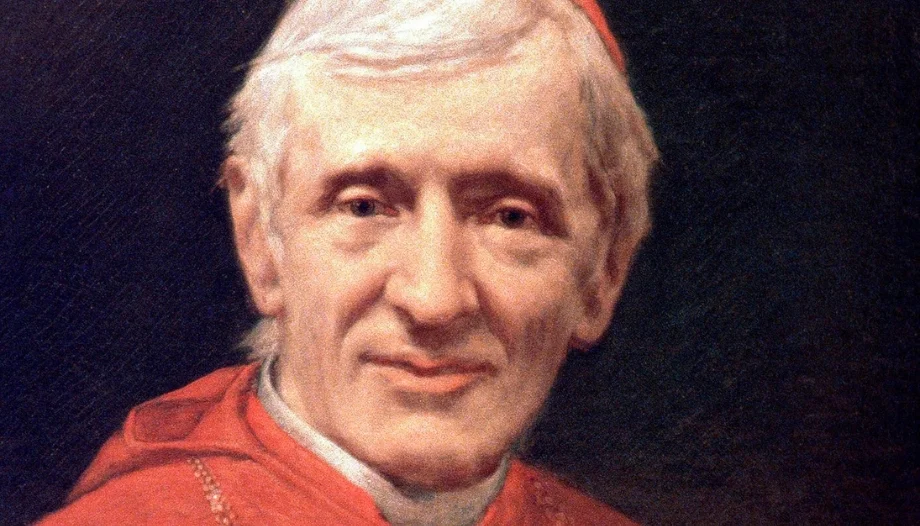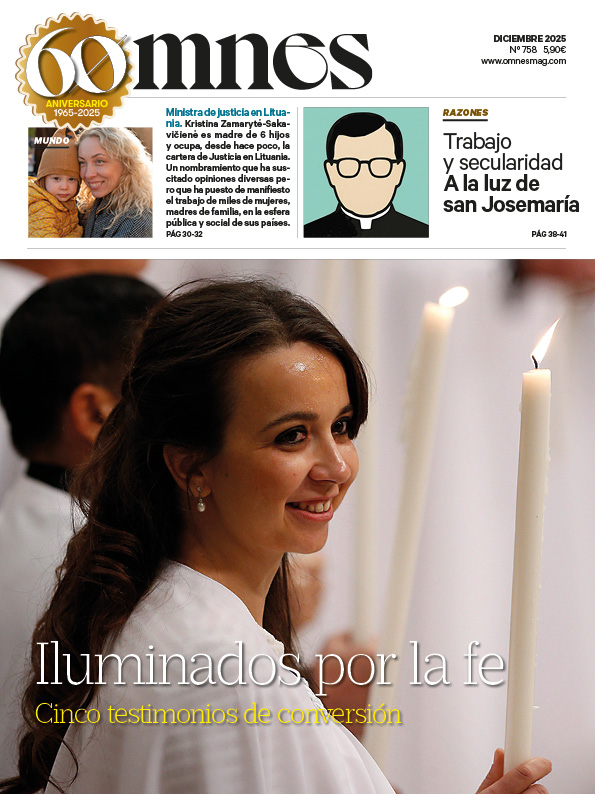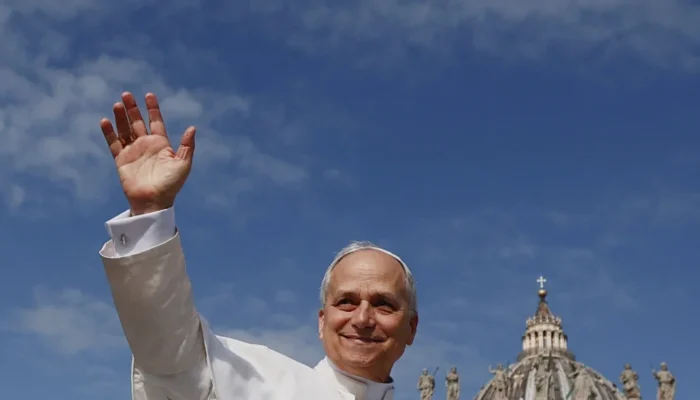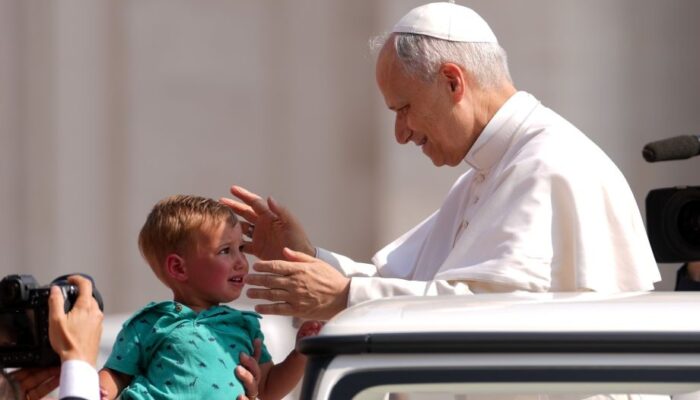Crossing the Pyrenees at Jaca you arrive in France on a very narrow road full of curves. The continuous oncoming traffic is of drivers speeding along this dangerous stretch. Commenting on the reckless driving of the French with my friends and companions of the feat - to cross France by car, on the way to Belgium -, we confirmed a few minutes later that it was not our impression, but a fact. Because we encountered a serious accident, after making sure that the injured were well cared for, we continued on our way.
After a few kilometers we began to observe another curious phenomenon, the signs indicating the entrance to a town... They are all turned upside down, 180º! After the four of us asked ourselves why they were turned upside down? And not knowing how to answer this enigmatic question, the co-pilot read an internet article the AI had found, which says that young French farmers decided to start turning the signs upside down as "... a wake-up call about the difficult situation facing young farmers in France". This way of proceeding has permeated and is already being used in some places in Spain to claim the same thing.
After two days touring Gaul from South to North, with stops in Lourdes and Tours, we arrived in Gaul Belgium, and we were impressed by Brussels, Ghent, Antwerp, Leuven, Liège,... Where their buildings, streets and squares stand out... Like the town hall of Leuven, the Grand Place of Brussels or Antwerp... But perhaps the most majestic are the Gothic cathedrals, which now seem more like a well-preserved museum than a place for worship.
How did the churches of Belgium end up like this? Where is Christianity in this multicultural Europe? Where is goodness, beauty and truth? For not only has faith in God disappeared, but also the good taste and sensitivity that divinity bestows.
France, it seems to be the same, but recently there has been a religious revival. In 2025, around Easter, there were 10,000 adult baptisms and 7,000 adolescent baptisms. This spiritual spring is not punctual, it seems that there has been a turning point and is growing, as confirmed by Fernando Diaz Villanueva in a recent video of his channel, giving data confirming a slight boom in all west.
But how did this crisis begin?
We can place the remote origin in modernism, in the 19th century, when the Catholic Church agreed to the separation of powers between church and state in many Western nations, which caused a problem for Catholics, largely because they were very clerical and failed to understand how natural this separation was. This anomaly led to the disappearance of certain religious orders, and brought about the nationalization of church property and the secularization of universities.
This situation, aggravated by many other facts, has only undermined the faith of many, to the point of making it disappear in them. But when one door closes, another opens. Because at the same time new Christian thinkers appeared, who have contributed to the subsequent rebirth from an anthropological perspective to the regeneration of thought and faith. According to Professor Juan Luis Lorda, priest and doctor of theology, we can classify these intellectuals into four groups.
These thinkers who knew how to "read" what was happening were Newman, Rosmini, Balmes and Kierkegaard. Also others of a more political and social nature such as Ozaman and Lord Acton. Or founders of congregations dedicated to education such as St. John Bosco, St. Anthony Mary Claret,... And finally, the Romantics who defended the Christian tradition against rationalist secularism, such as Chateaubriand, the Schlegel brothers, Novalis,...
From the first group stands out, as Lorda tells us, Antonio Rosmini, because he wrote Antropologia Soprannaturale. Jaime Balmes for analyzing many philosophical questions. And the Lutheran thinker Soren Kierkegaard, because he defended the unique value of each individual, who is only understood before God, and knowing that he is a relational being by nature through the word and love with his own, as opposed to the totalitarianism of Hegel. And St. John Henry Newman, because he opposed the de-Christianization of liberal society.
It is not anecdotal, therefore, in these times of the end of decadence, with a slight upturn in the belief in transcendence, that the new Pope is looking for moral and intellectual references seeking to return to other better times. For this reason, on July 31, 2025, Leo XIV confirmed the affirmative opinion of the Plenary of Cardinals and Bishops, members of the Dicastery for the Causes of Saints, to confer in the near future the title of Doctor of the Universal Church on St. John Henry Newman, Cardinal of the Holy Roman Church.
Casimiro Jiménez, priest, PhD in Ecology and Theology, and author of the book "John Henry Newman: Conversion and Providence", published by Digital Reasons, highlights two aspects of Newman. On the one hand, his love for the truth, which led to his conversion to the Catholic Church from Anglicanism at the age of 44 and the scorn of many for this decision, which brought him the derogatory nickname of the "English Judas". On the other hand, he saw the hand of God in the different setbacks he had in his life, what he called "kindly light", the kindly light of God, which he expressed in a brilliant poem with this title. It was clear to him that providence would guide him and would not abandon him, as it did.
In any case, this papal decision may be one more sign of the rebound of faith or perhaps a path or guide for this growth following in the footsteps of this convert.







